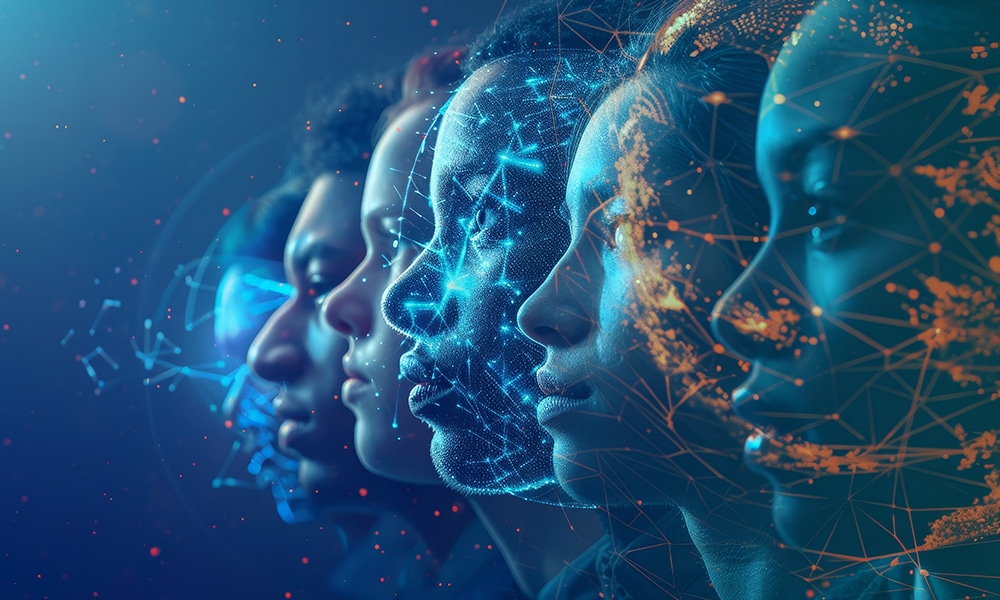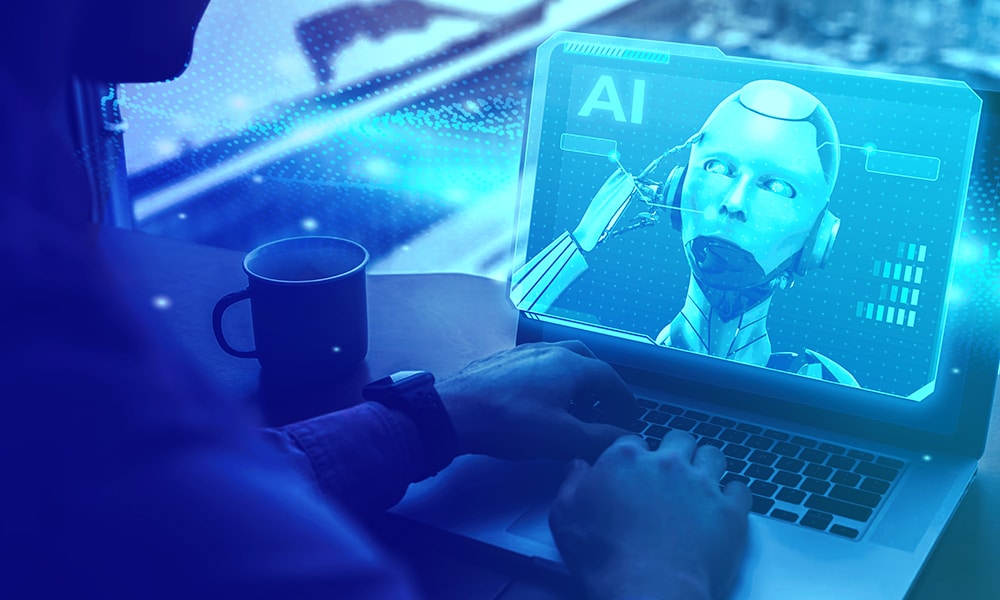Reinforcement learning (RL) is a type of machine learning. In this approach, algorithms learn to make decisions through trial and error, much like humans do.
When we add human feedback into the mix, this process changes significantly. Machines then learn from both their actions and the guidance provided by humans. This combination creates a more dynamic learning environment.
In this article, we’ll talk about the steps of this innovative approach. We’ll start with the basics of reinforcement learning with human feedback. Then, we’ll walk through the key steps in implementing RL with human feedback.
What is Reinforcement Learning with Human Feedback (RLHF)?
Reinforcement Learning from Human Feedback, or RLHF, is a method where AI learns from both trial and error and human input. In standard machine learning, AI improves through lots of calculations. This process is fast but not always perfect, especially in tasks like language.
RLHF steps in when AI, like a chatbot, needs refining. In this method, people give feedback to the AI and help it understand and respond better. This method is especially useful in natural language processing (NLP). It’s used in chatbots, voice-to-text systems, and summarizing tools.
Normally, AI learns by a reward system based on its actions. But in complex tasks, this can be tricky. That’s where human feedback is essential. It guides the AI and makes it more logical and effective. This approach helps overcome the limitations of AI learning on its own.
The Goal of RLHF
The main aim of RLHF is to train language models to produce engaging and accurate text. This training involves a few steps:
First, it creates a reward model. This model predicts how well humans will rate the AI's text.
Human feedback helps build this model. This feedback shapes a machine-learning model to guess human ratings.
Then, the language model gets fine-tuned using the reward model. It rewards the AI for a text that gets high ratings.
This method helps the AI to know when to avoid certain questions. It learns to reject requests that involve harmful content like violence or discrimination.
A well-known example of a model using RLHF is OpenAI’s ChatGPT. This model uses human feedback to improve responses and make them more relevant and responsible.
Steps of Reinforcement Learning with Human Feedback

Reinforcement Learning with Human Feedback (RLHF) ensures that AI models are technically proficient, ethically sound, and contextually relevant. Look into the five key steps of RLHF that explore how they contribute to creating sophisticated, human-guided AI systems.
Starting with a Pre-trained Model
The RLHF journey begins with a pre-trained model, a foundational step in Human-in-the-Loop Machine Learning. Initially trained on extensive datasets, these models possess a broad understanding of language or other basic tasks but lack specialization.
Developers begin with a pre-trained model and get a significant advantage. These models have already been learned from vast amounts of data. It helps them save time and resources in the initial training phase. This step sets the stage for more focused and specific training that follows.
Supervised Fine-Tuning
The second step involves Supervised fine-tuning, where the pre-trained model undergoes additional training on a specific task or domain. This step is characterized by using labeled data, which helps the model generate more accurate and contextually relevant outputs.
This fine-tuning process is a prime example of Human-guided AI Training, where human judgment plays an important role in steering the AI towards desired behaviors and responses. Trainers must carefully select and present domain-specific data to ensure that the AI adapts to the nuances and specific requirements of the task at hand.
Reward Model Training
In the third step, you train a separate model to recognize and reward desirable outputs that AI generates. This step is central to Feedback-based AI Learning.
The reward model evaluates the AI’s outputs. It assigns scores based on criteria like relevance, accuracy, and alignment with desired outcomes. These scores act as feedback and guide the AI towards producing higher-quality responses. This process enables a more nuanced understanding of complex or subjective tasks where explicit instructions might be insufficient for effective training.
Reinforcement Learning via Proximal Policy Optimization (PPO)
Next, the AI undergoes Reinforcement Learning via Proximal Policy Optimization (PPO), a sophisticated algorithmic approach in interactive machine learning.
PPO allows the AI to learn from direct interaction with its environment. It refines its decision-making process through rewards and penalties. This method is particularly effective in real-time learning and adaptation, as it helps the AI understand the consequences of its actions in various scenarios.
PPO is instrumental in teaching the AI to navigate complex, dynamic environments where the desired outcomes might evolve or be difficult to define.
Red Teaming
The final step involves rigorous real-world testing of the AI system. Here, a diverse group of evaluators, known as the ‘red team,’ challenge the AI with various scenarios. They test its ability to respond accurately and appropriately. This phase ensures that the AI can handle real-world applications and unpredicted situations.
Red Teaming tests the AI’s technical proficiency and ethical and contextual soundness. They ensure that it operates within acceptable moral and cultural boundaries.
Throughout these steps, RLHF emphasizes the importance of human involvement at every stage of AI development. From guiding the initial training with carefully curated data to providing nuanced feedback and rigorous real-world testing, human input is integral to creating AI systems that are intelligent, responsible, and attuned to human values and ethics.
Conclusion
Reinforcement Learning with Human Feedback (RLHF) shows a new era in AI as it blends human insights with machine learning for more ethical, accurate AI systems.
RLHF promises to make AI more empathetic, inclusive, and innovative. It can address biases and enhance problem-solving. It’s set to transform areas like healthcare, education, and customer service.
However, refining this approach requires ongoing efforts to ensure effectiveness, fairness, and ethical alignment.







